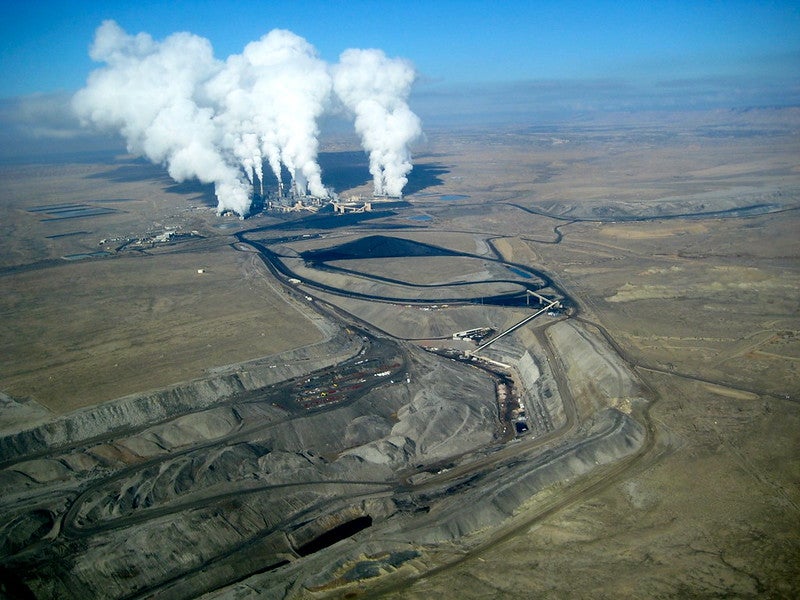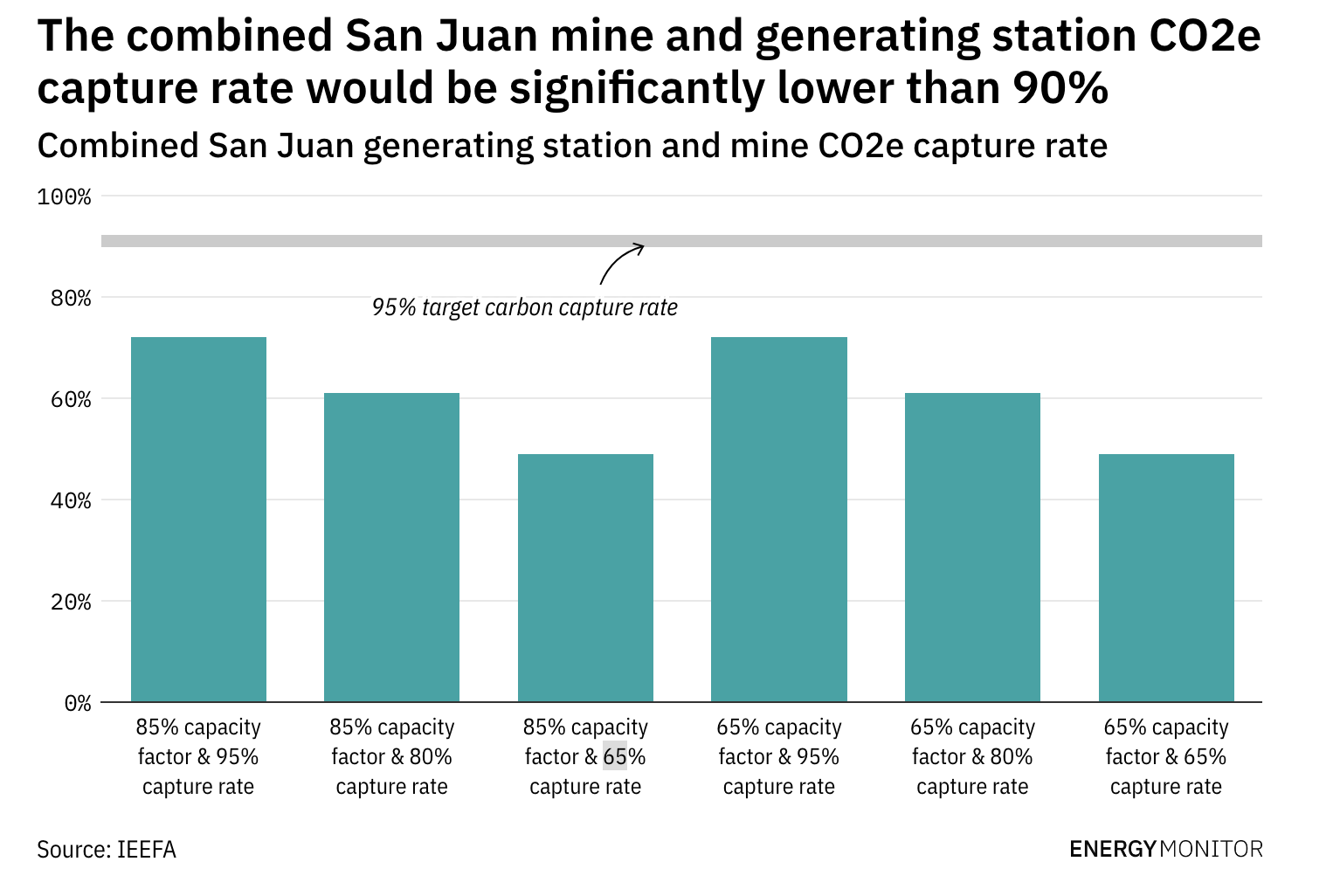The efficacy of industrial carbon capture technology is being overstated, according to new research from US think tank the Institute for Energy Economics and Financial Analysis (IEEFA).
Analysing the life cycle emissions of Enchant Energy’s proposed retrofit of the San Juan Generating Station in New Mexico, the research estimates the overall carbon capture rate from both the power plant and the mine that provides its coal would be, at most, 72%. This, according to IEEFA, flies in the face of industry-wide promises of a 95% capture rate.

Few studies have looked at the full life cycle of emissions of carbon capture and storage (CCS) projects. A gas-fired generator, for example, could have a 90% capture rate over the long term but would still produce significant methane leaks during production of the natural gas used at the site and its transportation to the generator – as well as from the CO2 pipelines and underground storage facility.
The IEEFA analysis concluded that even if Enchant captured 90% of the CO2 produced by San Juan, the combined CO2-equivalent (CO2e) capture rate for both the mine and the plant would be only 68%. In that scenario, the project would continue to emit almost 3 million tonnes of CO2 annually. For scenarios in which Enchant only captured 75% or 65% of the CO2, the effective capture rates would be 57% and 49%, respectively

“The Enchant project provides a good opportunity to review the effectiveness of carbon capture due to the publicly available data on the production and emissions at both the plant and the mine,” said David Schlissel, IEEFA director of resource planning analysis and co-author of the report. “The findings in this study can reasonably be applied to other carbon capture projects including those from other coal plants, from gas-fired plants and from proposed blue hydrogen projects.”